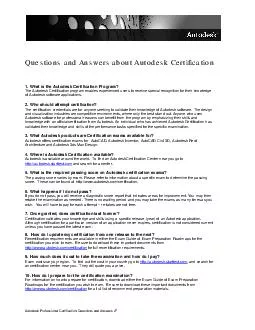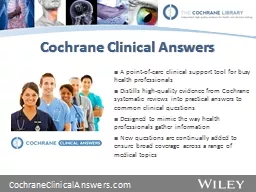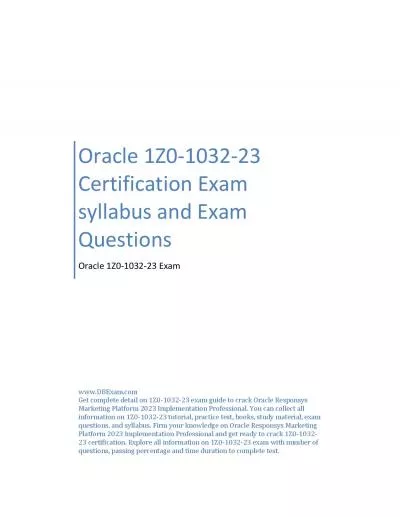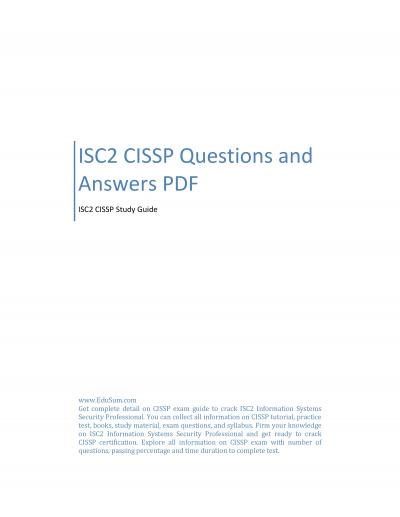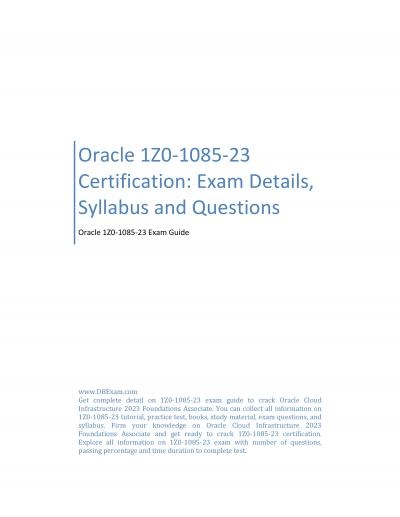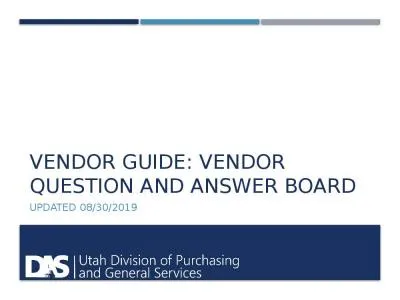PPT-Board Questions and Answers
Author : kimberly | Published Date : 2024-01-29
Question 4 Surgical procedures utilized in the treatment of spasmodic torticollis include Upper cervical ventral rhizotomies and spinal accessory neurectomy Stereotactic
Presentation Embed Code
Download Presentation
Download Presentation The PPT/PDF document "Board Questions and Answers" is the property of its rightful owner. Permission is granted to download and print the materials on this website for personal, non-commercial use only, and to display it on your personal computer provided you do not modify the materials and that you retain all copyright notices contained in the materials. By downloading content from our website, you accept the terms of this agreement.
Board Questions and Answers: Transcript
Download Rules Of Document
"Board Questions and Answers"The content belongs to its owner. You may download and print it for personal use, without modification, and keep all copyright notices. By downloading, you agree to these terms.
Related Documents


